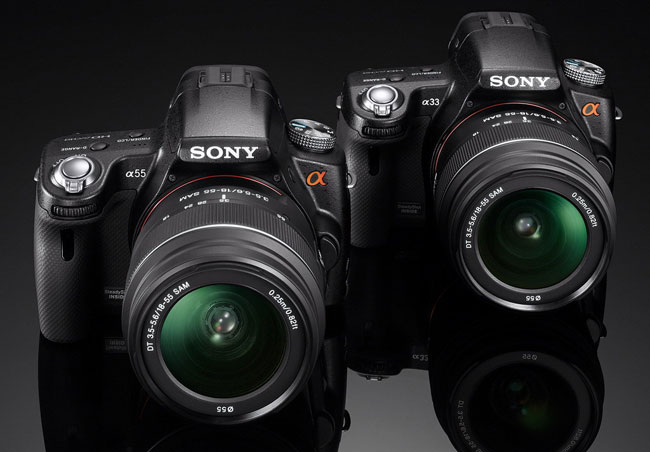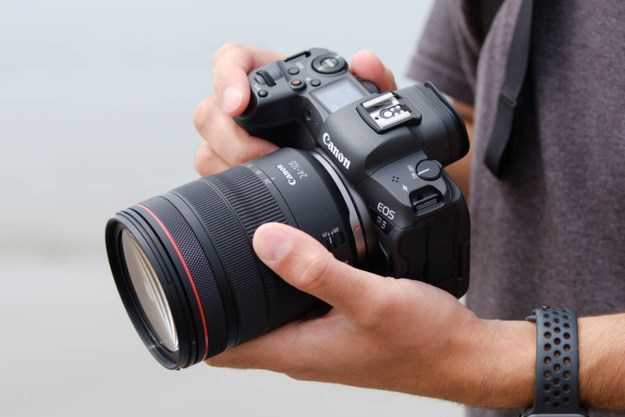
Blogs are buzzing about a supposed flaw in DSLRs that shoot HD video. “My God, they overheat if they’re used longer than specified or in conditions other than intended in the owner’s manual!”
Puh-leeze, this is truly much ado about nothing.
 The Curse of Multitasking
The Curse of Multitasking
At one time, people were content taking photos with cameras and videos with camcorders. Manufacturers rightly thought, “Hey, why not combine their main functions into each?” In theory, this is great, but early on you got cameras that shot lousy standard-def video, and camcorders that took horrible stills. Over time, chips got better and quality improved in both cases. Still there were major compromises cramming this functionality into their respective skins. Digital Trends readers well know I’m not a fan of DSLR video, compared to what you’ll get with even a $350 AVCHD HD camcorder. Camcorders are designed to record for hours, or until the battery runs down or media fills up. They focus properly, and are as easy to use as opening a bottle of water.
Still the idea of a high-def recording DSLR is very cool. And if you’re spending $1,000 or so for a camera, shouldn’t it take good videos? Nikon hit the jackpot when it introduced the D90, a 12-megapixel DSLR that also recorded 720p movie clips. Since its introduction, practically every new DSLR captures 720p or 1080i movies — even if it’s difficult getting properly-focused results.
Since the D90 arrived, there was always the fine print that’s been glossed over. The camera and its brethren were never designed to continuously shoot video for long periods, and the Nikon owner’s manual specifically states: “Movie files can be up to 2GB in size and maximum length is 5 minutes for movies with a frame rate of 1280×720, 20 minutes for other movies.” Nikon also addresses overheating by noting that a countdown display will appear 30 second before shooting ends if the camera starts to overheat. “At high ambient temperatures this display may appear immediately when the camera is in Live View (movie) mode.”
This is not to pick on Nikon — you’ll see these warnings in every HD-recording DSLR’s manual. To simplify, it takes a lot for a camera to record HD, and it puts a lot of strain on the large imaging sensor and processor. It’s not exactly the same, but think of your notebook burning your lap — and those devices have loads of heat sinks and vents to dissipate heat build-up.

This is no Watergate, Iran Contra or missing WMD. Sony never said this is a camcorder — it takes camcorder-quality videos and very good ones at that. If you just want short clips, there’s no problem using the new Alphas or any other quality DSLR to capture high-def movies. If you want to shoot for hours on end, just buy a camcorder.



